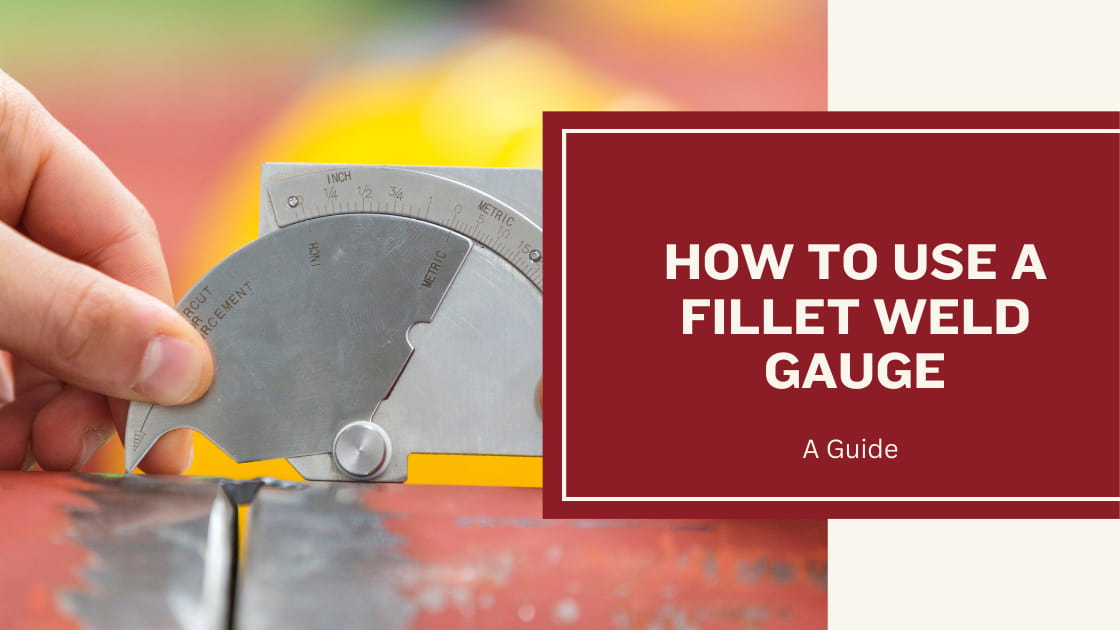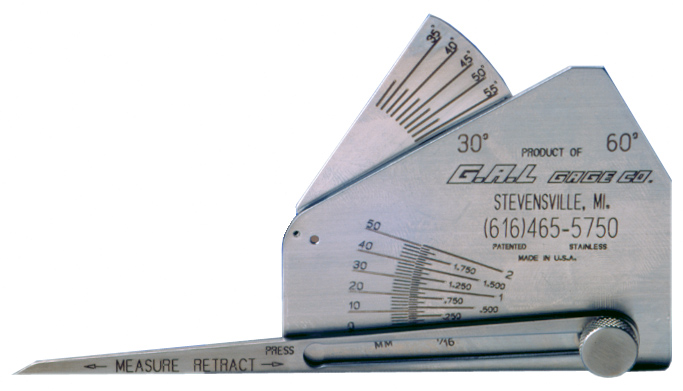Checking Out the Advantages of Fillet Welding in Fabrication: Cost-effective Solutions for Diverse Industries
In the world of manufacture, the use of fillet welding provides a compelling proposal for industries looking for economical services without jeopardizing structural honesty. The benefits of fillet welding extend beyond plain economic cost savings to include enhanced architectural effectiveness, versatility across varied industrial applications, and the guarantee of remarkable stamina and sturdiness. As we navigate via the functional benefits that fillet welding deals, a much deeper understanding emerges of just how this welding method can reinvent manufacture processes throughout numerous industries.

Cost-Effective Remedy for Construction
Fillet welding functions as a cost-efficient service in construction procedures, offering both performance and resilience. This welding strategy involves joining 2 pieces of steel at an angle, creating a triangular cross-section. The simplicity of fillet welding makes it a prominent selection in various markets, consisting of construction, automobile, and production.
Among the key advantages of fillet welding is its capability to lower product and labor costs. By utilizing fillet welds rather than various other intricate joint layouts, producers can save money on products and manufacturing time. In addition, fillet welding requires very little preparation contrasted to various other welding strategies, better lowering fabrication expenses.
Additionally, fillet welds supply excellent structural stamina, making certain the long life and resilience of the produced components. The triangular shape of the weld distributes tension a lot more equally, lowering the likelihood of joint failure (Gauge Fillet Weld). This structural integrity not only boosts the overall quality of the finished product but also decreases repair and maintenance expenses in the future
Improved Structural Performance With Fillet Welding
Enhancing architectural performance with the application of fillet welding methods is an essential facet of making sure ideal performance and resilience in fabricated frameworks. Fillet welding plays an essential role in boosting architectural effectiveness by efficiently distributing lots and anxieties throughout the welded joints. By developing a smooth transition in between the connected components, fillet welds aid to boost the general strength and security of the structure.
Among the significant benefits of fillet welding in improving architectural effectiveness is its capacity to join materials of differing thicknesses. This adaptability permits the construction of light-weight structures without endangering on stamina. Additionally, the smooth account of fillet welds decreases stress focus, which can help stop premature failing of the welded joints.
Moreover, fillet welding enables the manufacture of complex geometries with simplicity, providing designers with even more freedom in developing reliable and innovative frameworks. By maximizing the design and positioning of fillet welds, engineers can make the most of the architectural efficiency of produced parts, eventually causing cost financial savings and improved performance in varied sectors.
Versatility in Diverse Market Applications
With its capacity to cater to a large range of product thicknesses and geometric complexities, fillet welding stands as a flexible manufacture strategy that finds applications across varied industries. One crucial location where fillet welding excels remains in the production sector, where it is used in the production of heavy equipment, equipment, and structural components. The automobile market likewise takes advantage of fillet welding, using it in the setting up of lorry frames, chassis, and various other vital structures. In the building area, fillet welding plays an essential duty in signing up with steel light beams, columns, my response and various other architectural components. In addition, the aerospace industry depends on fillet welding for the fabrication of aircraft components, guaranteeing strength and toughness in critical parts. Moreover, the oil and gas sector makes use of fillet welding in the building and construction of pipes, platforms, and tank, where the durable welds give honesty and longevity to these frameworks. In general, the convenience of fillet welding makes it a crucial procedure in various sectors, using affordable solutions for intricate fabrication demands.

Superior Toughness and Longevity
Fillet welding plays a crucial function in attaining these characteristics due to its capacity to provide significant strength by distributing lots evenly throughout the bonded joint. As a result, frameworks made using fillet welds display increased sturdiness and can hold up against significant mechanical pressures without endangering their integrity.
The remarkable toughness and resilience used by fillet welding make it an ideal option for applications in sectors such as construction, automobile, aerospace, and production, where architectural honesty is extremely important. By using fillet welds in fabrication, suppliers and designers can ensure that their products satisfy rigid high quality and safety and security criteria while maximizing cost-effectiveness and production efficiency. Basically, the extraordinary strength and durability supplied by fillet welding make it a recommended welding see this here method for producing durable and long lasting frameworks across diverse industries.
Practical Benefits of Fillet Welding
Offered the demonstrated remarkable toughness and durability in welded joints, the functional advantages of fillet welding extend beyond structural honesty to incorporate efficiency and cost-effectiveness in fabrication processes. In addition, fillet welding permits for enhanced efficiency due to its adaptability in signing up with various kinds of materials, shapes, and thicknesses. On the whole, the sensible advantages of fillet welding make it a valuable choice for companies seeking cost-effective and effective solutions in manufacture.
Verdict
In verdict, fillet welding supplies an affordable service for construction, offering enhanced structural performance, convenience in varied sector applications, remarkable stamina, and toughness. The practical advantages of fillet welding make it a recommended option for different fabrication tasks throughout different sectors. Its ability to successfully join materials while keeping architectural stability makes it an important technique for making certain top notch and trustworthy lead to welding applications.

Additionally, fillet welding requires minimal preparation compared to other welding techniques, even more reducing construction expenses.

Given the shown exceptional strength and toughness in welded joints, the functional benefits of fillet welding expand beyond architectural stability to Your Domain Name incorporate efficiency and cost-effectiveness in manufacture procedures - Gauge Fillet Weld.In final thought, fillet welding offers a cost-efficient option for manufacture, providing improved architectural efficiency, flexibility in varied industry applications, premium strength, and sturdiness
Comments on “The Role of Gauge Fillet Weld in Structural Integrity: What You Required to Know”